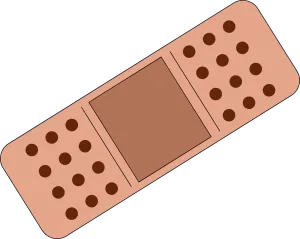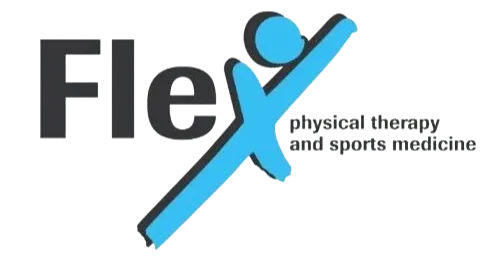
Learn more about the “dos” and “don’ts” of managing your back pain
Many people who experience back pain, often recur to care from experienced practitioners such as massage therapists, chiropractors, physical therapists or doctors. However, constant care is usually prohibitively expensive, and most people can’t afford to pay for sessions on a day to day basis. For this reason, many individuals who are affected by issues stemming from back pain often recur to self-care and DIY remedies to manage the pain on a day to day basis.
There are undoubtedly many solutions out there for people who are willing to take care of their pain at home. However, it is essential to understand what you are doing, because making the wrong moves (quite literally) could cause even more troubles, and it might worsen your situation if you are not careful enough. If you are seeking solutions to ease your back pain and ease out on the symptoms that are making you suffer, you should not only know what to do but also what to avoid.
Please, keep on reading this article to learn more about the “number one” thing that you should certainly avoid when you are having back pain.

Some pain relief treatments might trick you into thinking that they are working and that they are reducing your pain. On the other hand, they might just mask your symptoms momentarily, and not do anything under the hood. It is a little bit like scratching a mosquito bite. It might seem that scratching is removing the itch, but the only thing that you are doing is momentarily suppressing the itch, replacing it with the pain from micro-cuts generated from scratching. As you might know, scratching could even make things worse and lead to a nasty infection. The same principle can be applied to back pain.
Certain treatments, especially some DIY care techniques, might be just like scratching frantically on a mosquito bite: not only are they completely useless, but also potentially harmful.
Be aware of the dangerous side effects.
Many people take opioid-based medications in an attempt to numb the pain. NSAIDs and acetaminophen are also some really popular choices for people looking for ways to manage their chronic pain. Although these substances can indeed suppress the pain momentarily, they are not indeed “curing” you of the pain. They are merely interfering with your body experiencing it. What’s wrong with that, you might think? Well, the big problem is that the aforementioned substances have a lot of hazardous side effects.

Similar medications might cause other physical issues, including severe stomach distress, diarrhea, and pain. In extreme cases, the pain could be so intense that it could lead to a perforation of the stomach or intestinal wall, which is quite severe and requires immediate medical attention.
Some people become so used to recurring to painkillers that their body becomes practically dependent on higher doses over time. This could become a huge problem if you are abusing opioid-based medications. Some very heavy users might even experience classic withdrawal symptoms. If you find yourself sweating, feeling more moody and anxious, often getting tired during the day or feeling ill in your stomach when not directly under the effect of the medication you are using, you should seek help as soon as you can.
If painkillers should be avoided when possible, what’s the proper course of action for self-care?
To put it quite simply, physical therapy is really the best possible curse of action, and unless you overwork yourself, you aren’t going to put yourself at risk. Massage, chiropractic care, hydrotherapy or yoga are perfect for people who suffer from chronic back pain. If you manage to carve some time out of your busy schedule, you will certainly experience that even 15 to 20 minutes of physical therapy each day could help you see much better long-term results than painkiller – not to mention that it won’t expose to any dangerous side effects.

The benefits of physical therapy have a very excellent track record, and their perks have been attested by modern medicine in multiple circumstances. However, physical therapy has roots that date back to antiquity. Think of the Ancient Romans, for example. That remarkable civilization had a very well- developed physical therapy culture, often claiming that physical wellness was a right to every citizen, even the poorest ones, as a way for them to develop the body and soul alike.
When possible, always prioritize physical therapy over choosing painkillers. The latter could be harmful in the long run, and it doesn’t solve the issue of pain – it only masks it temporarily. While physical therapy can lead to long-term benefits and it can lead to decreasing your daily experience of pain, painkillers might pave the way to other pressing issues, as described above.
If you would like help with your back pain, consider making an appointment for a Free Discovery Visit with one of our back pain specialists. Call 1-800-930-8803 to set up the free session now.


